Sexual selection in scaled reptiles on:
[Wikipedia]
[Google]
[Amazon]
 Sexual selection in scaled reptiles studies how
Sexual selection in scaled reptiles studies how
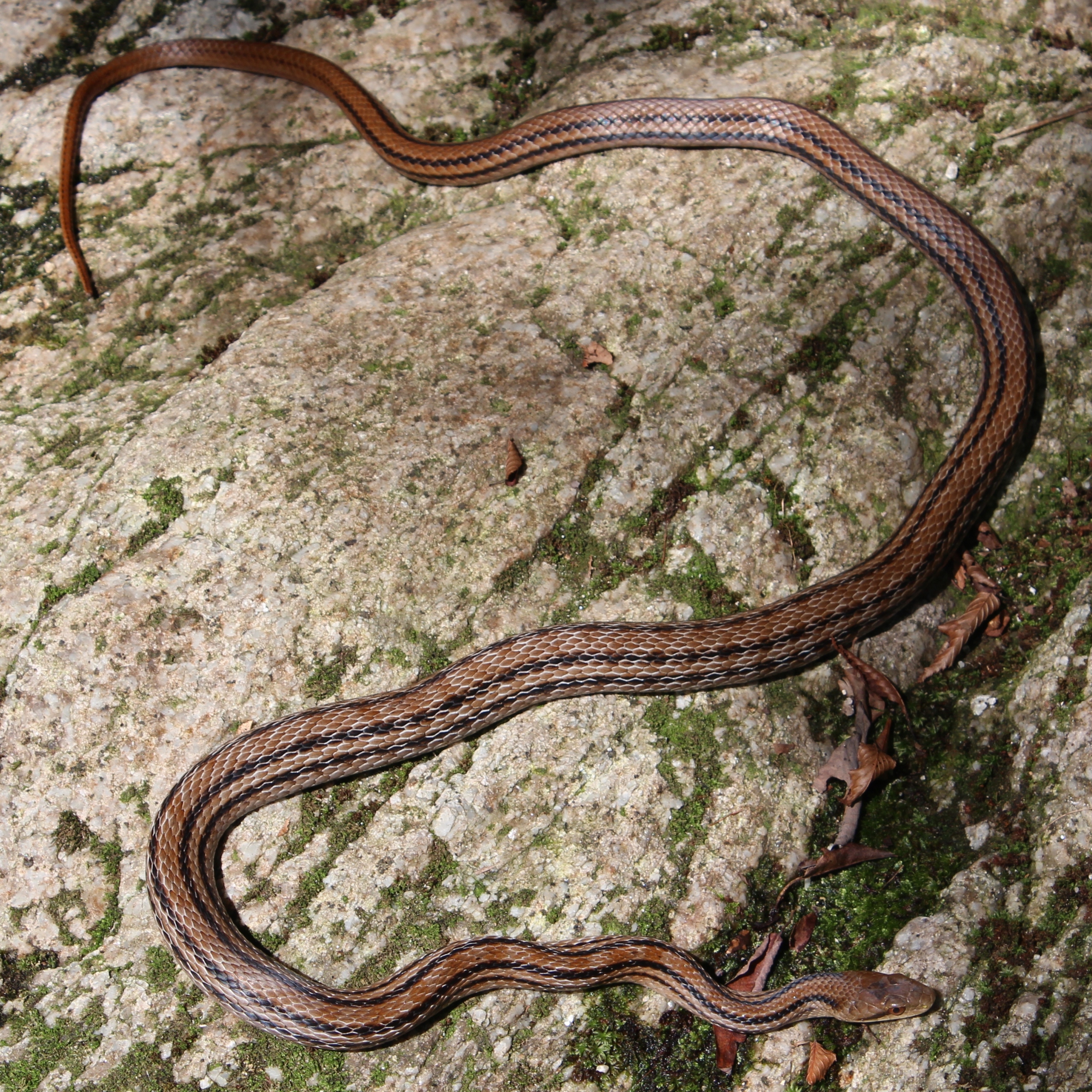
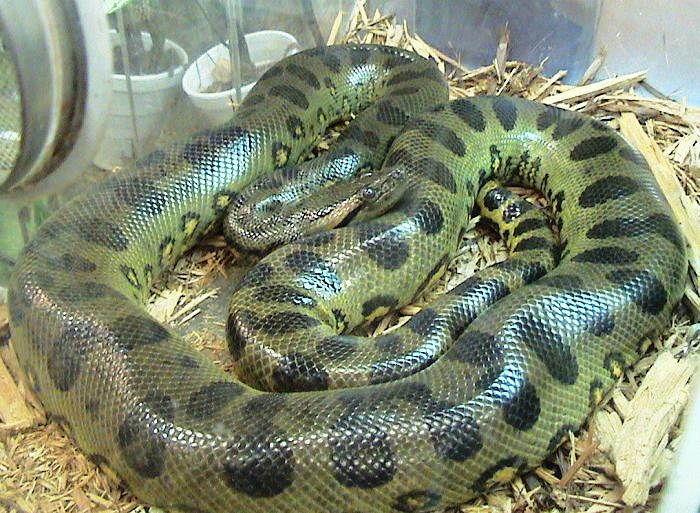
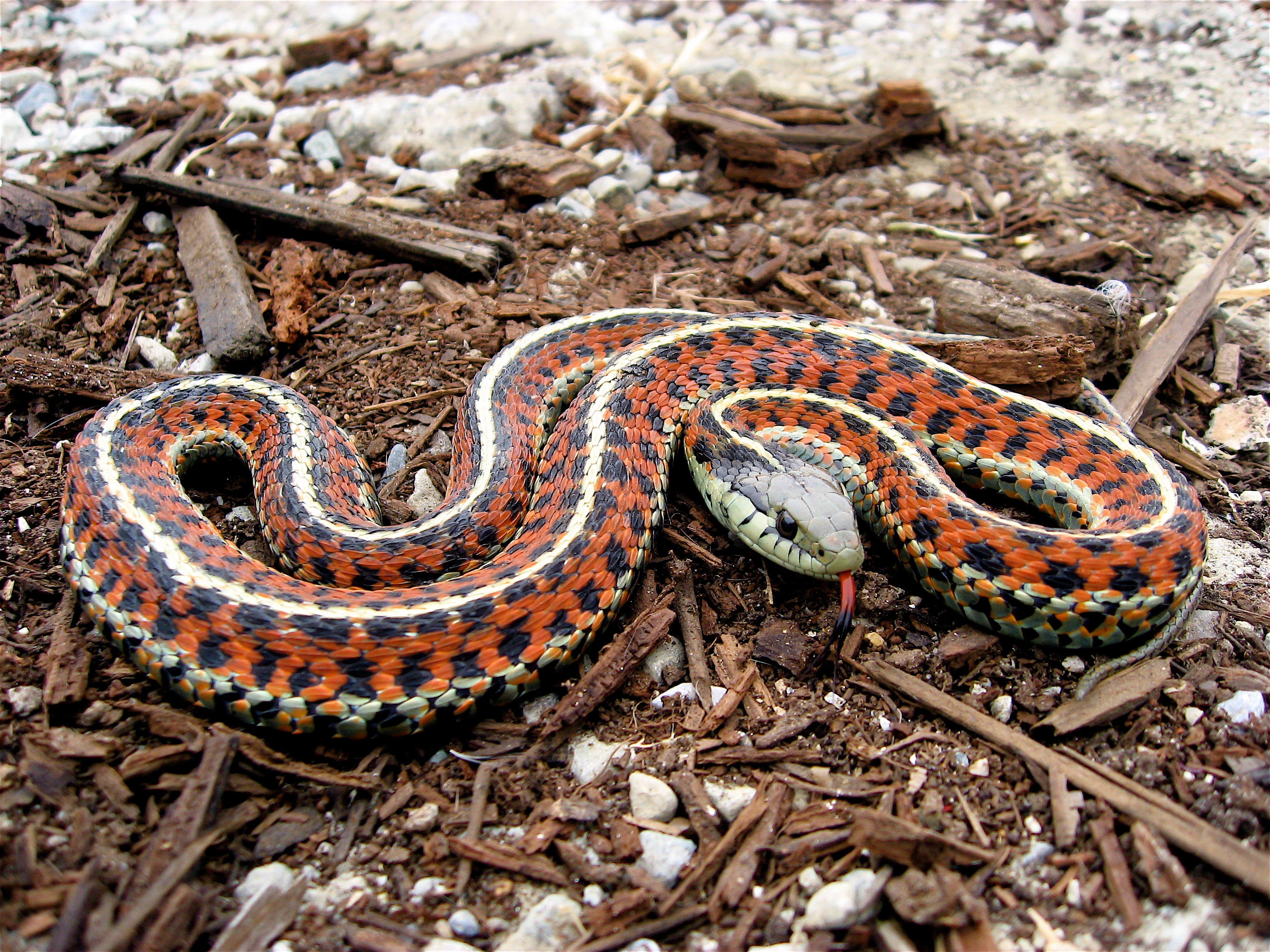 In the species
In the species


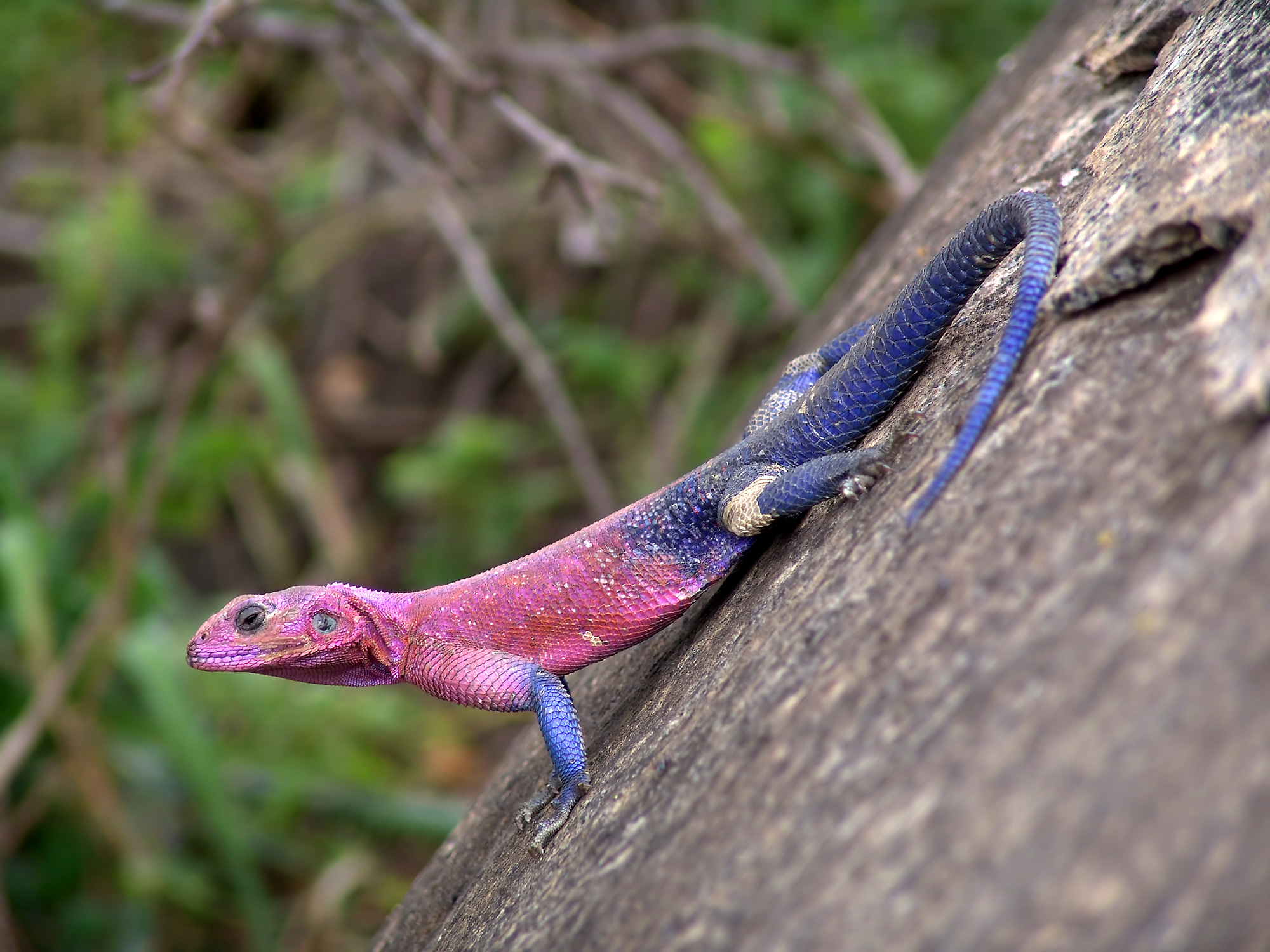 Males spend most of their energy in fights over a female to establish dominance and impress females by demonstrating a high quality of fitness. In
Males spend most of their energy in fights over a female to establish dominance and impress females by demonstrating a high quality of fitness. In
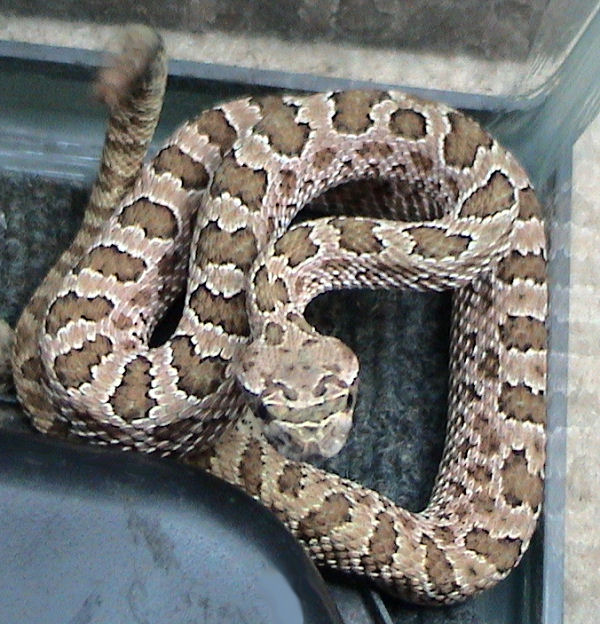
 Snakes have two distinctive chemical sensory systems, which have unique roles in the reception and deciphering of various chemical signals: the main
Snakes have two distinctive chemical sensory systems, which have unique roles in the reception and deciphering of various chemical signals: the main

 Females can determine a male's fitness based on the
Females can determine a male's fitness based on the
 The semi-aquatic black swamp snake, '' Seminatrix pygaea'', which lives in an environment where periods of drought are very common, has shown that environmental factors have a negative effect on female snakes whose large size was selected to increase fecundity as these droughts create a unique scenario to test whether survivability or reproductive pressures influence female body size more. Females grow to be larger than males because there is no male-male competition. At the same time, selection acts on female size in order to increase fecundity.
After the drought period larger snakes, both male and female, were less likely to survive, with a larger decline in the female population, mainly because female snakes had a greater body size compared to males. This correlates with the majority of ''Seminatrix pygaea'' giving birth at the start of the dry season, giving them some time to recover from the energy depletion they suffered from birthing clutches of
The semi-aquatic black swamp snake, '' Seminatrix pygaea'', which lives in an environment where periods of drought are very common, has shown that environmental factors have a negative effect on female snakes whose large size was selected to increase fecundity as these droughts create a unique scenario to test whether survivability or reproductive pressures influence female body size more. Females grow to be larger than males because there is no male-male competition. At the same time, selection acts on female size in order to increase fecundity.
After the drought period larger snakes, both male and female, were less likely to survive, with a larger decline in the female population, mainly because female snakes had a greater body size compared to males. This correlates with the majority of ''Seminatrix pygaea'' giving birth at the start of the dry season, giving them some time to recover from the energy depletion they suffered from birthing clutches of
 Sexual selection in scaled reptiles studies how
Sexual selection in scaled reptiles studies how sexual selection
Sexual selection is a mode of natural selection in which members of one biological sex choose mates of the other sex to mate with (intersexual selection), and compete with members of the same sex for access to members of the opposite sex ( ...
manifests in snake
Snakes are elongated, limbless, carnivorous reptiles of the suborder Serpentes . Like all other squamates, snakes are ectothermic, amniote vertebrates covered in overlapping scales. Many species of snakes have skulls with several more j ...
s and lizards, which constitute the order Squamata
Squamata (, Latin ''squamatus'', 'scaly, having scales') is the largest order of reptiles, comprising lizards, snakes, and amphisbaenians (worm lizards), which are collectively known as squamates or scaled reptiles. With over 10,900 species ...
of reptiles. Each of the over three thousand snakes use different tactics in acquiring mates. Ritual combat between males for the females they want to mate with includes topping, a behavior exhibited by most viperids
The Viperidae (vipers) are a family of snakes found in most parts of the world, except for Antarctica, Australia, Hawaii, Madagascar, and various other isolated islands. They are venomous and have long (relative to non-vipers), hinged fangs t ...
in which one male will twist around the vertically elevated fore body of its opponent and forcing it downward. It is common for neck biting to occur while the snakes are entwined.
Male-male competition
Snakes

 In the species
In the species Japanese striped snake
''Elaphe quadrivirgata'', commonly known as the Japanese four-lined ratsnake or the Japanese striped snake (Japanese: ''shimahebi'' = striped snake), is a species of non-venomous colubrid snake native to Japan.
Geographic range
It is found in al ...
(''Elaphe quadrivirgata''), competition involves males maintaining body contact with their opponent and exerting pressure by pushing, topping, or entwining in order to subdue him.
Male snakes employ a variety of strategies to help them entice the female into mating. The red-sided garter snake (''Thamnophis sirtalis'') population in Alberta
Alberta ( ) is one of the thirteen provinces and territories of Canada. It is part of Western Canada and is one of the three prairie provinces. Alberta is bordered by British Columbia to the west, Saskatchewan to the east, the Northwest Ter ...
, Canada
Canada is a country in North America. Its ten provinces and three territories extend from the Atlantic Ocean to the Pacific Ocean and northward into the Arctic Ocean, covering over , making it the world's second-largest country by tot ...
hibernates for the majority of the year, emerging in early May to copulate and feed. The communal dens have been observed to reach populations of thousands, with females often dispersing from the den rapidly to try to avoid being attacked by a flurry of males. Males must then rely on pheromone
A pheromone () is a secreted or excreted chemical factor that triggers a social response in members of the same species. Pheromones are chemicals capable of acting like hormones outside the body of the secreting individual, to affect the behavio ...
-based tracking to locate the females. When multiple males come into contact with a female intra-sexual competition often occurs. Snake species that have largely male-biased sex ratios often have high levels of male-male competition.
Males may be under strong selection for the development of a variety of characteristics that aid them in acquiring a mate. The most successful males are the ones that display the most vigor in their efforts. Males who are able to align their body and cloaca, the joint outlet of the reproductive and digestive system, with that of the female for the longest period of time are often the most successful. While attempting cloacal alignment, a male entices a female by pressing his chin along the length of her body and continually attempting to intertwine his own tail with hers. At the same time, the male tries to prevent other males from breeding with the female, using his body to block their access.
When copulation is achieved, a male implements a coercive mating strategy known as caudocephalic waving. The male garter snake strikes his own body against the female in quick repeated intervals. These strikes drive anoxic air from the non-respiratory lung of the female into her respiratory lungs, causing an increase in her stress level. The increase in stress level causes cloacal gaping, allowing for the courting male to more easily insert his reproductive organ into the female.
Snake mating systems are generally believed to be polygynous, where males copulate with multiple females. Many researchers have assumed that multiple male courtships are successful without providing paternity evidence, and mating systems may be more polyandrous
Polyandry (; ) is a form of polygamy in which a woman takes two or more husbands at the same time. Polyandry is contrasted with polygyny, involving one male and two or more females. If a marriage involves a plural number of "husbands and wive ...
, supported by studies of the green anaconda (''Eunectes murinus
The green anaconda (''Eunectes murinus''), also known as the giant Emerald anaconda, common anaconda, common water boa or sucuri, is a boa species found in South America. It is the heaviest and one of the longest known extant snake species. Li ...
''). A population containing hundreds of marked anacondas was observed over a period of several years with forty-five mating aggregations studied. When a female anaconda is ready to find a mate, she lies in an area of shallow water or mud until a male approached her. Some mating aggregations recorded up to thirteen individual males attempting to court the female at once. These interactions sometimes lasted for periods of up to a month, showing that the males put a large amount of their energy into mating attempts. Observation after copulation recorded no evidence of a male anaconda mating with multiple females or even searching for another female after mating. High-energy cost of courting is also apparent in the red-sided garter snake, where the most vigorous males would succeed in copulation. The intensity and amount of energy that male snakes put forth into the courting of females provides evidence for a polyandrous mating system among snake species.
Lizards


 Males spend most of their energy in fights over a female to establish dominance and impress females by demonstrating a high quality of fitness. In
Males spend most of their energy in fights over a female to establish dominance and impress females by demonstrating a high quality of fitness. In White's skink
White's skink (''Liopholis whitii)'', also known commonly as White's rock skink, is a species of lizard in the family Scincidae. The species is endemic to Australia.
Etymology
The specific name, ''whitii'', is in honour of Irish surgeon and ...
(''Egernia whitii''), in southeastern Australia, larger males with strength and size correlating positively, intimidate rivals with their size, ward off other males from a female and claim territory space. The losers of fights have an increased Stress
Stress may refer to:
Science and medicine
* Stress (biology), an organism's response to a stressor such as an environmental condition
* Stress (linguistics), relative emphasis or prominence given to a syllable in a word, or to a word in a phrase ...
rate and fewer breeding opportunities while fighting among males, which only happens during the breeding season illustrates to a female that he would be able to provide protection for her and her eggs.
Some weapons used are spikes on the body and tail, teeth, and claws. An iguana's bite force can result in injury to other males; this leads the weaker male to flee from the fight and abort his chance of trying to mate. Bite-force performance predicts dominance in males and who sires more offspring. Male dominance correlates with a large territory size and access to females. In the common collared lizard ''Crotaphytus collaris'', males display their locomotive skills in order to attract a female by getting to territory and resources first. Faster males have energy to spend when it comes to obtaining food and territory and are protective of their female mate and have a higher reproductive success and mate with more females on a first-come, first-served basis. In Australian agamid lizards coloration influences competitive success; the more intimidating a male is perceived based on his color, the more likely a weaker male would not want to compete with him for a chance to mate with a female.
Choice in lizards
Males in some lizard species can choose the female they want to mate with. Males prefer more-ornamented females displaying better fitness andfecundity
Fecundity is defined in two ways; in human demography, it is the potential for reproduction of a recorded population as opposed to a sole organism, while in population biology, it is considered similar to fertility, the natural capability to pr ...
.
In striped plateau lizards (''Sceloporus virgatus''), females during the breeding season develop an orange color on their throat area signaling that they are ready to mate, and it represents a higher quality female (fewer ectoparasites, and larger egg mass).
Females in many lizard species have the choice to mate with or reject males. Females spend energy in investigating a male's traits in order to determine if he is healthy and has good genes. In the species Side-blotched lizard (''Uta stansburiana
The common side-blotched lizard (''Uta stansburiana'') is a species of side-blotched lizard in the family Phrynosomatidae. The species is native to dry regions of the western United States and northern Mexico. It is notable for having a unique fo ...
''), males chosen by females had 76 percent less ectoparasites
Parasitism is a close relationship between species, where one organism, the parasite, lives on or inside another organism, the host, causing it some harm, and is adapted structurally to this way of life. The entomologist E. O. Wilson ha ...
. Females who are not sickly can spare the energy in investigating their potential mate's qualities. Females prefer males that can afford to spend the most energy in displaying their traits because it is difficult to fake good genes. In the species '' Anolis pulchellus'', females chose males who defended territory 89% of the time.
Pheromonal cues
In snakes

 Snakes have two distinctive chemical sensory systems, which have unique roles in the reception and deciphering of various chemical signals: the main
Snakes have two distinctive chemical sensory systems, which have unique roles in the reception and deciphering of various chemical signals: the main olfactory system
The olfactory system, or sense of smell, is the sensory system used for smelling ( olfaction). Olfaction is one of the special senses, that have directly associated specific organs. Most mammals and reptiles have a main olfactory system and an ...
and the Vomeronasal system, which is used to decipher distinct chemosensory information. In snakes this has a much greater complexity than its olfactory system and is essential for prey tracking as well as mate distinction and courtship.
Snake tongues are bifurcated, or forked, to enhance their ability to pick up pheromones by means of tropotaxis, and so are able to detect different stimuli intensities simultaneously using the two tips, flick them to pick up chemical cues from surrounding objects, which are delivered to the vomeronasal ducts upon reentry of the tongue into the oral cavity, activating the regions of the brain responsible for translation, allowing them to be processed and used for both mate and prey location. In nearly all snake species, the males are the mate-searching sex, and sometimes must travel a great distance to find a female.
Examples. A study done on prairie rattlesnakes, ''Crotalus viridis
''Crotalus viridis'' (Common names: prairie rattlesnake, Great Plains rattlesnake, Wright AH, Wright AA. 1957. ''Handbook of Snakes of the United States and Canada''. Ithaca and London: Comstock Publishing Associates. (7th printing, 1985). 1,105 ...
'', indicates that males who maintain a constant search for females over fixed areas tend to be more successful in copulating. This population is very male-biased, so males had to focus more on locating a mate and were less concerned with male-male competition. In red-sided garter snakes, it has found that the amount of rival males, the length of time the chemical substrates last, and the distance over which the trail is evident are significant factors influencing a male's success rate in finding a female. ''Thamnophis sirtalis parietalis'' often prefer the pheromone trails of females who occupied the same communal den as males.
In less male-biased scenarios, a male's tongue length plays an essential role in sexual selection. Dimensions of the copperhead, ''Agkistrodon contortrix
The eastern copperhead (''Agkistrodon contortrix''), also known as the copperhead, is a species of venomous snake, a pit viper, endemic to eastern North America; it is a member of the subfamily Crotalinae in the family Viperidae.
The eastern co ...
'', show a significant tongue size difference, with males having a greater tongue bifurcation length, supporting the hypothesis that sexual selection is acting on tongue size in male snakes in order to enhance their ability to locate a potential female mate.
In lizards
 Females can determine a male's fitness based on the
Females can determine a male's fitness based on the pheromones
A pheromone () is a secreted or excreted chemical factor that triggers a social response in members of the same species. Pheromones are chemicals capable of acting like hormones outside the body of the secreting individual, to affect the behavio ...
he leaves in an environment. These chemical cues inform females of a male's quality,
with males trying to impress future mates by displaying elaborate colors, which can signal to a female that he is healthy, disease free, or has good genes, as seen in the Dalmatian wall lizard ''Podarcis melisellensis'', whose identity is based on their morph color: yellow, orange, the dominant colour as such lizards have a larger size and bite force so they can ward off competing males in order to mate with a female of choice and claim territory, and blue.Huyghe, K., Vanhooydonck, B., Herrel, A., Tadić, Z. & Van Damme, R. Female lizards ignore the sweet scent of success: Male characteristics implicated in female mate preference. Zoology (Jena, Germany) 115, 217–22 (2012). The females prefer the orange males since they are bigger and healthier and can give a female's offspring higher quality benefits. Even though females prefer to mate with orange morphs, females will still mate with yellow morphs, who give females direct benefits like protection and a small territory. Blue males are only able to mate by intruding on another male's territory and mating with other their females. What these lizards portray is the rock-paper-scissors
Rock paper scissors (also known by other orderings of the three items, with "rock" sometimes being called "stone," or as Rochambeau, roshambo, or ro-sham-bo) is a hand game originating in China, usually played between two people, in which each p ...
game.
In the species Uta stansburiana, throat coloration was also used as a way for males to elaborate their good health and body conditions to females. This is another example of the rock-paper-scissors game.
The male European green lizard
The European green lizard (''Lacerta viridis'') is a large lizard distributed across European midlatitudes from Slovenia and eastern Austria to as far east as the Black Sea coasts of Ukraine and Turkey. It is often seen sunning on rocks or lawns, ...
s develop a blue throat patch, which shows high reflectance
The reflectance of the surface of a material is its effectiveness in reflecting radiant energy. It is the fraction of incident electromagnetic power that is reflected at the boundary. Reflectance is a component of the response of the electronic ...
in the ultraviolet
Ultraviolet (UV) is a form of electromagnetic radiation with wavelength from 10 nm (with a corresponding frequency around 30 PHz) to 400 nm (750 THz), shorter than that of visible light, but longer than X-rays. UV radiation ...
(UV) range, which females prefer since throat brightness correlates with a larger body size, a larger head size and less ectoparasites, though it is costly in energy. Females can then rely on throat color in male European green lizards to be an honest signal.
Sexual conflict in snakes
Sexual dimorphisms are phenotypic differences between males and females of the same species. The objective of many sexual dimorphic studies done on snakes focuses more on broad comparisons between species from different regions and less on individual species themselves. Size dimorphisms are common in snakes; females tend to be larger in populations where the production of large liters is feasible. Males tend to be larger in mating systems in which male-male competition is a large factor. Hydrophiid snakes, otherwise known as sea snakes, have only recently evolved from terrestrialelapids
Elapidae (, commonly known as elapids ; grc, ἔλλοψ ''éllops'' "sea-fish") is a family of snakes characterized by their permanently erect fangs at the front of the mouth. Most elapids are venomous, with the exception of the genus Emydocep ...
. Sea snake scales differ from that of terrestrial snakes because they are rugose
Rugose means "wrinkled". It may refer to:
* Rugosa, an extinct order of coral, whose rugose shape earned it the name
* Rugose, adjectival form of rugae
Species with "rugose" in their names
* ''Idiosoma nigrum'', more commonly, a black rugose trap ...
and wrinkled. Male sea snakes scale rugosity is more developed than that of the female snakes. The male turtle headed sea snake, ''Emydocephalus annulatus
''Emydocephalus annulatus'', commonly known as the turtleheaded sea snake or egg-eating sea snake, is a species of sea snake that can be found in waters of Oceania near Australia and some Pacific Islands such as the Philippines and the Loyalt ...
'', provides an interesting case study because of their unique scales. Females of this species display smooth scales year round. Males, on the other hand, show a shift from smooth scales to ridged scales upon the arrival of the winter breeding season. There are multiple reasons why this trait could have been selected. Scale rugosity in males allows for a better tactile resistance during mating than non rugose scales. Also, it has been shown that rugose scales provide a more efficient oxygen uptake system by means of diffusion. During courting, males often lose mating opportunities because they deplete their oxygen stores and must return to the surface to breathe. Rugose skin provides a solution to this problem; its structure helps to increase the rate of oxygen diffusion, allowing for males to dive for longer periods.
Post-copulatory
In snakes
Snake sperm morphology and function is highly influenced by their ability to find, interact with, and fertilize eggs. Snake species display extended copulations and higher gonad mass/body mass proportions in males than other reptilian taxonomic groups. Furthermore, their mating systems have a wide range of variability, depending on the temporal availability and predictability of the females. These factors influence sperm competition levels in both intense male-male combative species and those species that participate in prolonged mate searching. Oviparous species show relatively larger testes and sperm midpiece length thanviviparous
Among animals, viviparity is development of the embryo inside the body of the parent. This is opposed to oviparity which is a reproductive mode in which females lay developing eggs that complete their development and hatch externally from the ...
species because oviparous species often reproduce annually as opposed to the bi annual cycle of the viviparous species. Because the oviparous species reproduce less frequently, these traits may have been selected to generate stronger propulsions, develop more mitochondria and increase the amount of sperm per ejaculate to help aid in the sperms success rate.
Often in snake species, females will copulate with multiple males in one mating aggregation. To increase his chances in paternity, a male will sometimes try to inhibit the female from re-mating. A common tactic in many species is to obstruct the reproductive pathway of the female in order to physically prevent additional copulations. The mating plug of ''T.s. parietalis'' is a jellylike blob produced by males that is implanted within the females reproductive tract. Retention of the plug can last from two days to two weeks, with maximal effectiveness declining after the two-day mark. The plug functions to prevent the leakage of the male's sperm from the female's cloaca, reduce the attractiveness and receptivity of the female to further copulations, and to physically block the reproductive tract to prevent immediate re-mating. The plug is not always 100% effective, but re-mating is a rare occurrence while the plug is in place.
Cryptic female lizards
Females store sperm aftercopulation
Sexual intercourse (or coitus or copulation) is a sexual activity typically involving the insertion and thrusting of the penis into the vagina for sexual pleasure or reproduction.Sexual intercourse most commonly means penile–vaginal penetra ...
from multiple males before ovulation
Ovulation is the release of eggs from the ovaries. In women, this event occurs when the ovarian follicles rupture and release the secondary oocyte ovarian cells. After ovulation, during the luteal phase, the egg will be available to be fertilize ...
, but how sperm is stored is still unknown. There is a time gap between sperm copulation and fertilization. This time gap allows the female to mate with multiple males. The most competitive sperm will fertilize the female's eggs while the remaining sperm will be discarded. Females also gain nutrients
A nutrient is a substance used by an organism to survive, grow, and reproduce. The requirement for dietary nutrient intake applies to animals, plants, fungi, and protists. Nutrients can be incorporated into cells for metabolic purposes or excre ...
from sperm storage so the more a female mates with different males the more nutritional access she will obtain.
After copulation, some female lizard species chose the sex of their offspring based on the male's sperm. Females produce sons with sperm from larger sires, and daughters from sperm with smaller sires. A reason would be to ensure that her sons will have good genes that can display stronger more elaborate traits in order to maximize his reproductive success. An increase in the production of sons demonstrates a preference for larger males. Daughters are produced from smaller sires since females do not need to use a large amount of energy to attract a male; more males are ready to mate than females. However, if females store sperm from a variety of sires, females can produce both sons and daughters with high fitness.
Inbreeding avoidance
When the femalesand lizard
The sand lizard (''Lacerta agilis'') is a lacertid lizard distributed across most of Europe from France and across the continent to Lake Baikal in Russia. It does not occur in European Turkey. Its distribution is often patchy. In the sand lizard' ...
''Lacerta agilis'' mates with two or more males, sperm competition
Sperm competition is the competitive process between spermatozoa of two or more different males to fertilize the same egg during sexual reproduction. Competition can occur when females have multiple potential mating partners. Greater choice and ...
within the female's reproductive tract may occur. Active selection of sperm by females appears to occur in a manner that enhances female fitness. On the basis of this selective process, the sperm of males that are more distantly related to the female are preferentially used for fertilization, rather than the sperm of close relatives. This preference may enhance the fitness of progeny by reducing inbreeding depression
Inbreeding depression is the reduced biological fitness which has the potential to result from inbreeding (the breeding of related individuals). Biological fitness refers to an organism's ability to survive and perpetuate its genetic material. ...
.
Environmental stimuli in snakes
 The semi-aquatic black swamp snake, '' Seminatrix pygaea'', which lives in an environment where periods of drought are very common, has shown that environmental factors have a negative effect on female snakes whose large size was selected to increase fecundity as these droughts create a unique scenario to test whether survivability or reproductive pressures influence female body size more. Females grow to be larger than males because there is no male-male competition. At the same time, selection acts on female size in order to increase fecundity.
After the drought period larger snakes, both male and female, were less likely to survive, with a larger decline in the female population, mainly because female snakes had a greater body size compared to males. This correlates with the majority of ''Seminatrix pygaea'' giving birth at the start of the dry season, giving them some time to recover from the energy depletion they suffered from birthing clutches of
The semi-aquatic black swamp snake, '' Seminatrix pygaea'', which lives in an environment where periods of drought are very common, has shown that environmental factors have a negative effect on female snakes whose large size was selected to increase fecundity as these droughts create a unique scenario to test whether survivability or reproductive pressures influence female body size more. Females grow to be larger than males because there is no male-male competition. At the same time, selection acts on female size in order to increase fecundity.
After the drought period larger snakes, both male and female, were less likely to survive, with a larger decline in the female population, mainly because female snakes had a greater body size compared to males. This correlates with the majority of ''Seminatrix pygaea'' giving birth at the start of the dry season, giving them some time to recover from the energy depletion they suffered from birthing clutches of offspring
In biology, offspring are the young creation of living organisms, produced either by a single organism or, in the case of sexual reproduction, two organisms. Collective offspring may be known as a brood or progeny in a more general way. This ca ...
, showing that selection favors smaller snakes in times of drought and larger snakes during years of high food abundance, and providing evidence that environmental factors affect sexual selection.
References
{{reflist, 2 Sexual selection Squamata